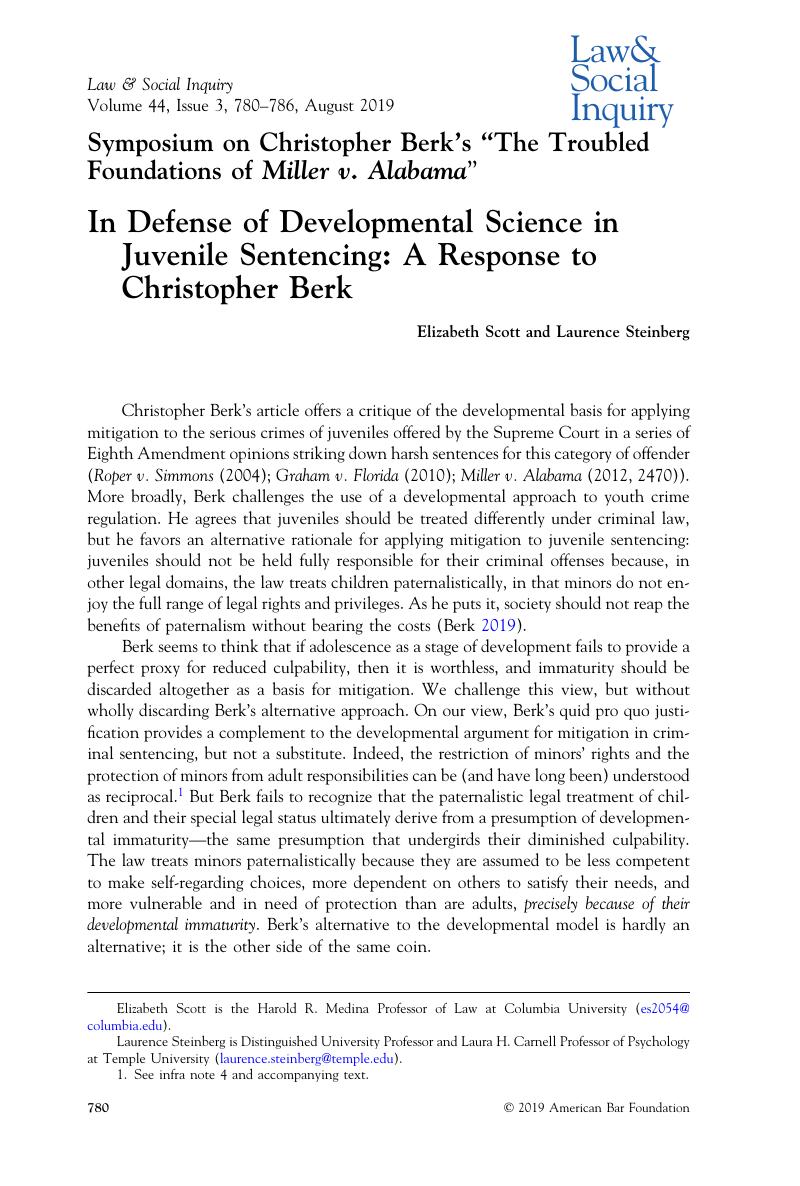Crossref Citations
This article has been cited by the following publications. This list is generated based on data provided by Crossref.
Lesnick, Julia
Abrams, Laura S.
and
Barnert, Elizabeth S.
2023.
Youth Justice at a Crossroads: Twenty-First Century Progressive Reforms and Lessons to Inform the Path Forward.
Social Service Review,
Vol. 97,
Issue. 4,
p.
755.



